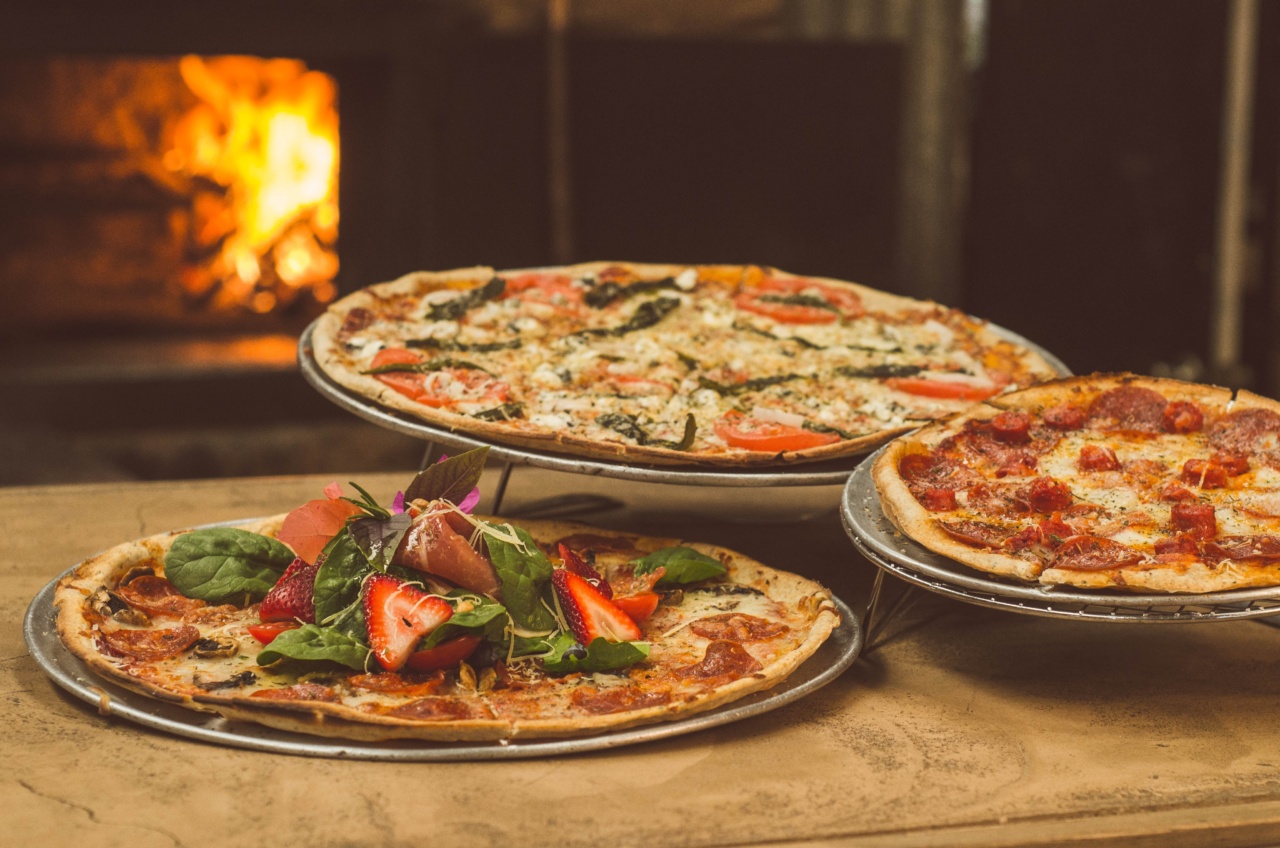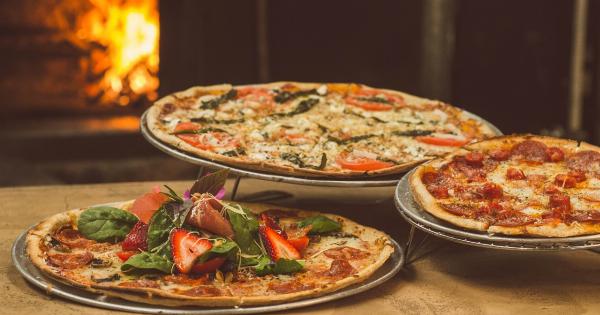When it comes to pizza, the cheese is an essential ingredient that can make or break the entire experience. The perfect pizza cheese is not only flavorful but also has the right melting properties and texture.
Finding the ultimate pizza cheese has long been a subject of debate among pizza enthusiasts, but science has stepped in to provide some answers. In this article, we will explore the science behind the ultimate pizza cheese and reveal the important considerations that go into creating the perfect slice of pizza.
1. The Role of Cheese in Pizza
Cheese plays a crucial role in pizza, as it provides the stringy, gooey, and delicious factor that we all associate with a great slice. However, not all cheeses are created equal when it comes to pizza.
The perfect pizza cheese should have optimal melting and browning properties, provide a pleasant stretch and chew, and impart a rich and savory flavor that compliments the other ingredients.
2. The Ideal Cheese Types for Pizza
There are several cheese varieties commonly used in making pizzas, each with its own unique characteristics:.
a. Mozzarella: Mozzarella is one of the most popular cheeses for pizza due to its excellent melting capabilities and mild flavor. It creates a beautiful stretch and browning when baked, making it a go-to choice for many pizzerias.
b. Cheddar: Cheddar cheese offers a tangy and sharp flavor profile that can add a delightful contrast to the other ingredients on a pizza. It has a higher fat content compared to mozzarella, which contributes to its rich and creamy texture when melted.
c. Provolone: Provolone cheese has a distinctive and robust flavor that makes it an excellent choice for those seeking a more pronounced taste. It melts well and provides a slight smoky note to the pizza.
d. Parmesan: Parmesan cheese is known for its nutty and salty flavor. While it may not be the primary cheese used in pizza, adding a sprinkle of Parmesan on top can enhance the overall taste and texture of the final product.
3. The Science of Melting Cheese
Melting properties are essential for achieving the perfect cheese pull on a pizza. When cheese melts, its proteins unwind and form a matrix that traps moisture and fat, giving it that desirable gooey texture.
The science behind melting cheese lies in its protein composition and the interplay between water, fat, and heat.
Some cheeses are better at melting than others due to the ratio of casein to whey proteins they contain. Casein proteins are responsible for the stretchiness of melted cheese, while whey proteins contribute to moisture retention.
Cheeses with a higher casein to whey protein ratio, such as mozzarella, tend to melt more smoothly and produce longer cheese pulls.
4. Factors Affecting Cheese Melting
Several factors can influence how cheese melts on a pizza:.
a. Moisture Content: Cheese with higher moisture content will melt more quickly and create a softer and gooier texture. However, excessive moisture can also make the pizza crust soggy, so it’s crucial to find the right balance.
b. Fat Content: Higher fat content results in a creamier and richer texture when the cheese melts. Cheeses like cheddar and provolone, with their higher fat content, provide a more indulgent mouthfeel.
c. pH Level: The acidity of the cheese can affect its melting properties. Cheeses with a lower pH, such as some aged varieties, tend to melt more readily compared to those with a higher pH.
d. Aging: Aged cheeses have higher levels of proteolysis, which is the breakdown of proteins over time. This process can impact the melting properties of cheese, with some aged varieties melting differently compared to their younger counterparts.
5. Flavor Pairings for the Perfect Pizza
In addition to the melting properties, the flavor of the cheese greatly influences the overall taste of the pizza. The ideal pizza cheese should have a flavor that complements the other ingredients without overpowering them.
Here are some popular flavor pairings:.
a. Margherita Pizza: Fresh mozzarella is a classic choice for Margherita pizza, as its mild flavor allows the fresh basil and tomatoes to shine.
b. Pepperoni Pizza: The robust flavor of provolone or a blend of mozzarella and cheddar adds depth to the savory pepperoni.
c. Vegetarian Pizza: A mix of mozzarella and Parmesan provides a well-balanced flavor base for vegetarian pizzas, allowing the vegetable toppings to be the star.
6. The Importance of Cheese Distribution
Uniform cheese distribution is crucial for even melting and consistent flavor throughout the pizza. A properly distributed layer of cheese creates a protective barrier between the sauce and the crust, preventing the latter from becoming soggy.
To achieve the best cheese distribution, grating or shredding the cheese ensures it melts evenly and integrates seamlessly with the other ingredients.
7. Experimenting with Cheese Blends
While certain cheese varieties are popular for pizza, there are endless possibilities when it comes to cheese blends. Combining different cheeses can result in unique flavor profiles and textures.
However, it’s important to consider the melting properties of each cheese in the blend to ensure they complement one another and melt consistently.
8. Importance of Quality Ingredients
When striving for the ultimate pizza cheese, using high-quality ingredients is paramount. Opt for fresh and authentic cheeses that are free from additives and preservatives.
Freshly grated or shredded cheese will also improve the melting properties and overall flavor of the pizza.
9. The Perfect Cheese-to-Sauce Ratio
Finding the right cheese-to-sauce ratio is crucial in achieving the ultimate pizza experience. Too much cheese can overpower the flavors of the sauce and other toppings, while too little can result in a dry and lackluster slice.
Experimenting with different ratios and adjusting based on personal preference is key to finding the perfect balance.
10. The Ultimate Pizza Cheese, Backed by Science
After analyzing the science behind cheese melting, the ideal cheese types for pizza, and the importance of flavor pairings and cheese distribution, it’s safe to say that mozzarella emerges as the ultimate pizza cheese.
Its optimal melting and browning properties, along with its mild and versatile flavor, make it a top choice for both traditional and gourmet pizzas. However, feel free to experiment with various cheese blends and combinations to discover your personal favorite.































